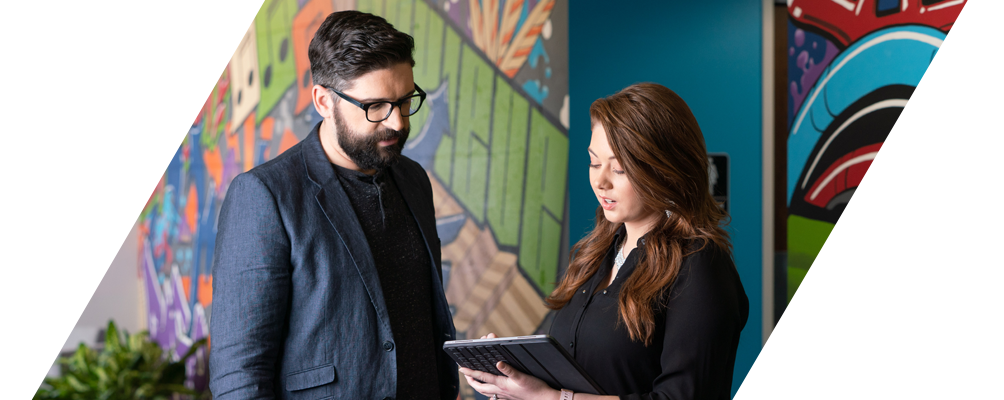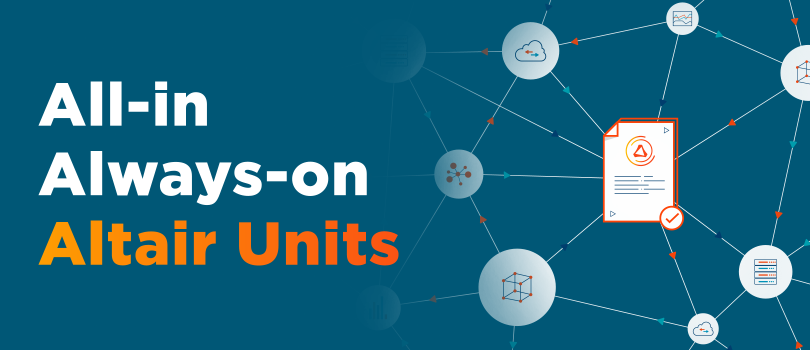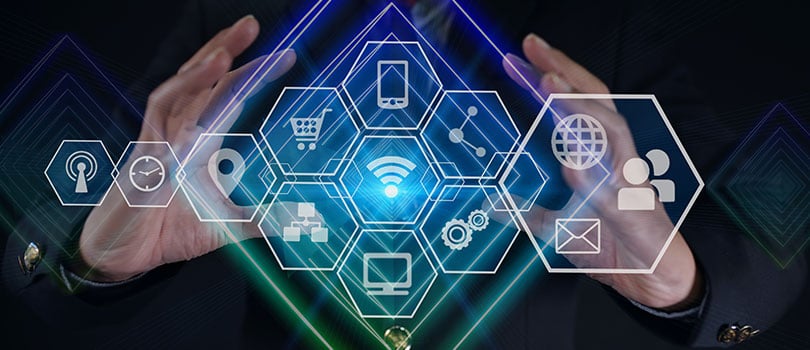
One Platform. One License. One Source. All Access.
Enhance simulation, improve engineering, and optimize design with an additional 75+ products that’s already part of your Altair offering. Discover third-party solutions from a single unified source that you know and trust through the Altair Partner Alliance (APA).
The APA program is designed to increase your return on investment from your existing pool of Altair Units. Users benefit from unmatched flexibility and access, resulting in maximum software utilization and productivity.
Your passport to unlimited exploration
Explore, innovate and create faster, smarter and better all through the same Altair Units licensing model. The APA lets you eliminate the hurdles that prevent you from acquiring new technology. There’s no need to vet and validate a new licensing system.
An ecosystem of complementary solutions
Extend the simulation process with complementary technology. Our partners offer industry-leading niche applications that close any gaps in our offering. Enjoy the convenience of online training, remote licenses and the direct support you need from software experts.

Extend Your Simulation and Design Capabilities
Partner products include applications specific to industry verticals including marine, automotive, aerospace, chemicals, and architecture. More than 180 software applications from 75+ products including technologies ranging from computational fluid dynamics (CFD) and fatigue, to manufacturing process simulation and human modeling. Exciting partnerships help you build better products faster through the convenience of a single centralized source.
Download and use partner applications on-demand, just as you do with Altair products.
Ready to maximize your software potential with the APA?
Contact Us
APA and The Altair Global Academic Program
APA for education is designed to help students and educators build a better tomorrow. Together with Altair, APA partners offer solutions that help close the skills gap and empower the next generation of designers, engineers and critical thinkers. As part of the APA education program, APA solutions are available for students and educators in universities globally. APA partners offer support in the form of access to free software, learning, certification, sponsorship, teaching material, curriculum partner program, and more.
Featured Resources

Innovate to Create the Next Generation of Electric Vehicles
The journey to sustainable e-mobility solutions is a transformation of well-established design practices. Moving to electric traction is not only about designing an efficient electric powertrain, but completely new vehicle architectures have to be invented. Topics like vehicle dynamics, NVH or thermal management are strongly involved and need to be investigated. In this panel session, we will explore solutions from Altair Partners that are at the forefront of the electric revolution.

Panel Discussion: Manufacturing in the Age of Industry 5.0
From process optimization to material substitution, from additive manufacturing to smart factory, manufacturing plants and processes are currently going through an unprecedented transformation, bringing us into the age of Industry 5.0.
In this session Altair customers and partners will discuss the challenge, bringing examples of real production workflows that have helped them accelerate their innovation.

Implementing Digital Twins Through Expanded Use of Model-Based System (MBS) Technologies
Most companies seeking value from Digital Twins would like to virtually prototype their products as completely as they can – as systems-of-systems. To be able to construct such holistic product-level Digital Twins, it is vital for them to be able to simulate their multi-disciplinary systems in an integrated manner.
This panel will explore ways by which Altair and its technology partners are continually expanding the boundaries to enable our mutual customers to benefit from Digital Twins of ever-increasing complexity and fidelity. Emphasis will be placed on sharing actual customer examples.
Two technology shifts, in particular, will be in the spotlight here: one that is a more horizontal expansion (focused generally on Model-Based Systems Engineering or MBSE) plus one that is a more vertical expansion (focused specifically on the inclusion of flexible tires in simulations of off-highway vehicles moving in soft soil).

Structural Durability Simulations and Vibration Fatigue in Electric Vehicles
The increasing move to electric vehicles is requiring new simulations to successfully validate the physical performance of these vehicles. The up-front assessment of the durability of electric vehicles is requiring new approaches to be adopted to address these new and specific challenges. This presentation gives an overview of three important areas: Structural lightweighting, Structural durability of battery systems, and Simulating swept sine on random loading




